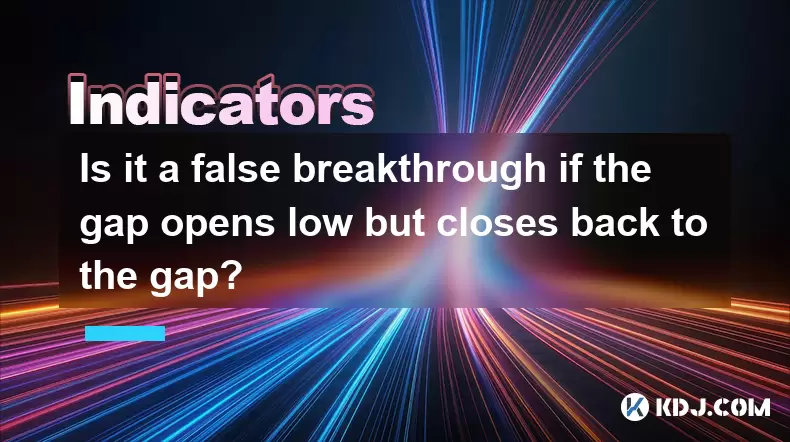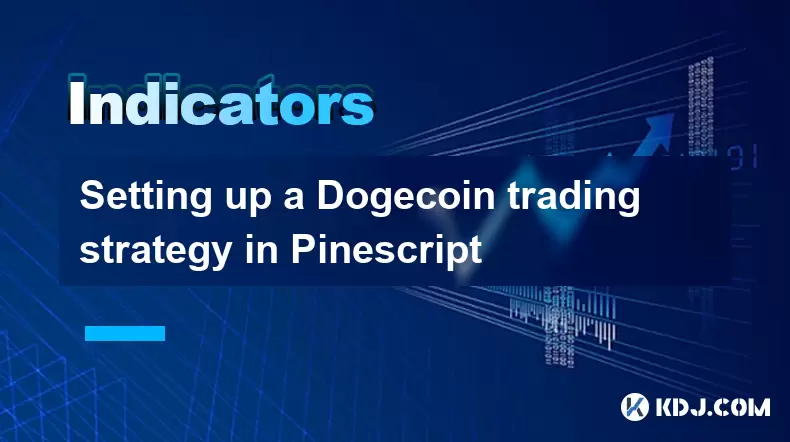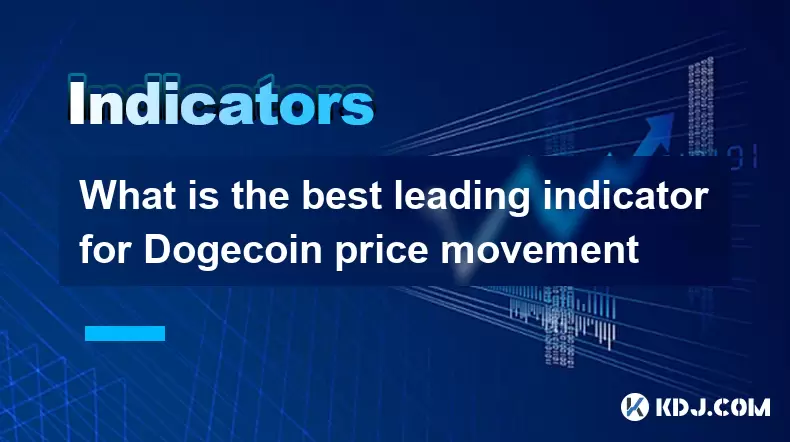-
 Bitcoin
Bitcoin $108,641.9143
0.44% -
 Ethereum
Ethereum $2,539.5956
0.97% -
 Tether USDt
Tether USDt $1.0007
0.04% -
 XRP
XRP $2.2777
2.50% -
 BNB
BNB $660.2073
0.79% -
 Solana
Solana $151.1059
2.08% -
 USDC
USDC $1.0004
0.05% -
 TRON
TRON $0.2838
-0.03% -
 Dogecoin
Dogecoin $0.1698
3.57% -
 Cardano
Cardano $0.5835
1.74% -
 Hyperliquid
Hyperliquid $39.4787
0.07% -
 Sui
Sui $2.9330
1.09% -
 Bitcoin Cash
Bitcoin Cash $489.1023
1.31% -
 Chainlink
Chainlink $13.3775
1.61% -
 UNUS SED LEO
UNUS SED LEO $9.0201
-0.04% -
 Avalanche
Avalanche $18.2176
2.06% -
 Stellar
Stellar $0.2417
1.98% -
 Toncoin
Toncoin $2.9355
7.33% -
 Shiba Inu
Shiba Inu $0.0...01181
3.23% -
 Litecoin
Litecoin $87.9775
1.54% -
 Hedera
Hedera $0.1569
1.54% -
 Monero
Monero $316.0995
1.13% -
 Polkadot
Polkadot $3.3970
1.36% -
 Dai
Dai $1.0002
0.02% -
 Ethena USDe
Ethena USDe $1.0002
0.00% -
 Bitget Token
Bitget Token $4.4094
0.33% -
 Uniswap
Uniswap $7.4035
6.32% -
 Pepe
Pepe $0.0...01016
4.88% -
 Aave
Aave $275.5935
1.55% -
 Pi
Pi $0.4565
-0.89%
Is it a false breakthrough if the gap opens low but closes back to the gap?
A gap in crypto trading occurs when an asset opens significantly lower or higher than its previous close, often leading to confusion about false breakouts.
Jul 02, 2025 at 04:07 am

Understanding the Concept of a Gap in Cryptocurrency Trading
In cryptocurrency trading, a gap refers to a situation where the price of an asset opens significantly higher or lower from the previous day's close without any trading activity occurring between those two points. This phenomenon is common in crypto markets due to their 24/7 nature but can still occur during exchange downtimes or over weekends. When a gap opens low, it means the asset starts trading at a notably lower price than its last traded price before the market closed.
This type of price behavior often creates confusion among traders regarding whether such a move constitutes a false breakout or not. Understanding this requires deeper analysis of how gaps behave and what happens when they get filled shortly after opening.
Important Note:
A gap fill occurs when the price moves back to the level where the gap originated, effectively "closing" the empty space on the chart.What Defines a False Breakout?
A false breakout typically occurs when the price briefly moves beyond a key support or resistance level but then reverses direction, trapping traders who entered positions based on that breakout. The essence of a false breakout lies in the lack of follow-through momentum after the initial move.
In the context of gapping, if the price opens low (a bearish gap), but then rallies to close back at or near the gap level, some traders may interpret this as a false breakdown rather than a false breakout. However, the terminology depends on the context of the broader trend and key levels being tested.
- False breakouts are characterized by weak volume and quick reversals
- They often trap traders who enter early without confirmation
Why a Low Open Followed by a Gap Fill Is Not Always a False Breakout
When the price gaps down and then closes back into the gap, it does not automatically qualify as a false breakout. Instead, this could indicate a temporary imbalance followed by strong buying interest that absorbs the selling pressure.
Here’s how to assess this scenario:
- If the price closes above the gap area, especially with increased volume, it suggests strength and a potential reversal
- If the gap remains unfilled for several candlesticks, it might signal sustained bearish sentiment
- In many cases, the gap serves as a magnet, drawing price back to it before continuing the trend
The distinction lies in the intent behind the movement: was the gap a result of panic selling or a calculated correction?
How to Analyze Gaps and Confirm Whether It Was a False Breakout
To determine whether a low-open gap that gets filled represents a false breakout, traders should consider multiple technical factors:
- Volume Analysis: High volume during the gap fill suggests genuine interest and commitment from buyers.
- Candlestick Confirmation: Look for bullish reversal patterns like hammers, engulfing candles, or morning stars after the gap fill.
- Support/Resistance Levels: Check if the gap coincided with a significant support/resistance zone. If so, the fill could represent a test and retest of that level.
- Timeframe Consideration: Short-term traders might see it as a false breakout, while long-term charts may show it as a minor fluctuation.
- Order Flow: Review order book data (if available) to understand whether the sell-off was driven by large orders or just retail panic.
Using these tools helps avoid misinterpretations and ensures traders make informed decisions.
Examples of Gap Fills That Were Not False Breakouts
In the crypto market, particularly for assets like Bitcoin and Ethereum, there have been numerous instances where prices gapped down overnight, only to fill the gap within hours or days. These movements often reflect:
- Overnight panic selling triggered by news events or whale movements
- Market corrections that attract dip buyers
- FOMO-driven rebounds once the market realizes the sell-off was unjustified
For instance, during a sharp drop in BTC price, a gap down occurred below $25,000, but within 12 hours, the price rallied back to $26,000. Traders who shorted on the gap were caught off guard, and the fill did not constitute a false breakout, but rather a healthy retracement.
This shows that context matters more than the mere act of gap filling.
Common Misconceptions About Gaps and False Breakouts
There are several misunderstandings about how gaps and false breakouts relate:
- Some believe that any gap must be filled, which is not always true. Many gaps persist and become zones of future resistance or support.
- Others assume that every gap fill equals a false breakout, which ignores the possibility of a trend continuation after a consolidation phase.
- Another misconception is that false breakouts are always manipulative, when in reality, they often result from natural volatility and order flow imbalances.
It’s crucial to approach each case individually, using technical tools and market structure analysis.
Frequently Asked Questions
Q: Can a gap open high and still be a false breakout?
Yes, a gap up can also result in a false breakout if the price fails to sustain above the gap and reverses sharply afterward, especially with weak volume.
Q: How do I differentiate between a real and false breakout after a gap?
Focus on volume, candlestick patterns, and subsequent price action. Real breakouts usually see strong follow-through, while false ones exhibit hesitation and reversal signs.
Q: Are gaps more reliable indicators in crypto compared to traditional markets?
Gaps are more frequent in crypto due to 24/7 trading, but their reliability depends on context and volume, similar to traditional markets.
Q: Should I trade every gap that forms in the crypto market?
No, not all gaps are tradable. Only those aligned with strong trends, clear support/resistance levels, and confirmed by volume should be considered for trading.
Disclaimer:info@kdj.com
The information provided is not trading advice. kdj.com does not assume any responsibility for any investments made based on the information provided in this article. Cryptocurrencies are highly volatile and it is highly recommended that you invest with caution after thorough research!
If you believe that the content used on this website infringes your copyright, please contact us immediately (info@kdj.com) and we will delete it promptly.
- Litecoin Breakout Watch: What Traders Need to Know Now
- 2025-07-06 16:50:13
- Bitcoin, Solana, Ethereum: Decoding the Latest Buzz on the Blockchain
- 2025-07-06 16:50:13
- Widnes Resident's 50p Could Be Your Ticket to Easy Street: Rare Coin Mania!
- 2025-07-06 16:55:13
- Bitcoin, Solaris Presale, and Token Rewards: What's the Buzz?
- 2025-07-06 16:55:13
- Ethereum Under Pressure: Price Drop Amid Global Uncertainties
- 2025-07-06 17:00:13
- XRP, SEC Case, and Prosperity: A New Era for XRP Holders?
- 2025-07-06 17:10:13
Related knowledge

How to spot manipulation on the Dogecoin chart
Jul 06,2025 at 12:35pm
Understanding the Basics of Chart ManipulationChart manipulation in the cryptocurrency space, particularly with Dogecoin, refers to artificial price movements caused by coordinated trading activities rather than genuine market demand. These manipulations are often executed by large holders (commonly known as whales) or organized groups aiming to mislead...

What is the significance of a Dogecoin engulfing candle pattern
Jul 06,2025 at 06:36am
Understanding the Engulfing Candle Pattern in CryptocurrencyThe engulfing candle pattern is a significant technical analysis tool used by traders to identify potential trend reversals in financial markets, including cryptocurrencies like Dogecoin. This pattern typically consists of two candles: the first one is relatively small and indicates the current...

Dogecoin monthly chart analysis for long term investors
Jul 06,2025 at 10:08am
Understanding the Dogecoin Monthly ChartFor long-term investors, analyzing the monthly chart of Dogecoin (DOGE) provides a macro view of its price behavior over extended periods. The monthly chart captures major trends, key resistance and support levels, and potential reversal zones that are crucial for strategic investment planning. Unlike daily or hou...

How to manage risk using ATR on Dogecoin
Jul 06,2025 at 02:35am
Understanding ATR in Cryptocurrency TradingThe Average True Range (ATR) is a technical indicator used to measure market volatility. Originally developed for commodities, it has found widespread use in cryptocurrency trading due to the high volatility inherent in digital assets like Dogecoin (DOGE). The ATR calculates the average range of price movement ...

Setting up a Dogecoin trading strategy in Pinescript
Jul 06,2025 at 05:00pm
Understanding Dogecoin and Its Place in the Cryptocurrency MarketDogecoin (DOGE) is a decentralized, peer-to-peer cryptocurrency that was initially created as a joke but has since gained significant traction in the crypto market. Despite its humorous origins, Dogecoin has been adopted by a large community and supported by notable figures such as Elon Mu...

What is the best leading indicator for Dogecoin price movement
Jul 06,2025 at 06:00pm
Understanding Leading Indicators in CryptocurrencyIn the world of cryptocurrency trading, leading indicators play a crucial role in forecasting price movements before they occur. These tools are used by traders to anticipate potential market changes and make informed decisions. For Dogecoin (DOGE), which is known for its volatile nature and strong commu...

How to spot manipulation on the Dogecoin chart
Jul 06,2025 at 12:35pm
Understanding the Basics of Chart ManipulationChart manipulation in the cryptocurrency space, particularly with Dogecoin, refers to artificial price movements caused by coordinated trading activities rather than genuine market demand. These manipulations are often executed by large holders (commonly known as whales) or organized groups aiming to mislead...

What is the significance of a Dogecoin engulfing candle pattern
Jul 06,2025 at 06:36am
Understanding the Engulfing Candle Pattern in CryptocurrencyThe engulfing candle pattern is a significant technical analysis tool used by traders to identify potential trend reversals in financial markets, including cryptocurrencies like Dogecoin. This pattern typically consists of two candles: the first one is relatively small and indicates the current...

Dogecoin monthly chart analysis for long term investors
Jul 06,2025 at 10:08am
Understanding the Dogecoin Monthly ChartFor long-term investors, analyzing the monthly chart of Dogecoin (DOGE) provides a macro view of its price behavior over extended periods. The monthly chart captures major trends, key resistance and support levels, and potential reversal zones that are crucial for strategic investment planning. Unlike daily or hou...

How to manage risk using ATR on Dogecoin
Jul 06,2025 at 02:35am
Understanding ATR in Cryptocurrency TradingThe Average True Range (ATR) is a technical indicator used to measure market volatility. Originally developed for commodities, it has found widespread use in cryptocurrency trading due to the high volatility inherent in digital assets like Dogecoin (DOGE). The ATR calculates the average range of price movement ...

Setting up a Dogecoin trading strategy in Pinescript
Jul 06,2025 at 05:00pm
Understanding Dogecoin and Its Place in the Cryptocurrency MarketDogecoin (DOGE) is a decentralized, peer-to-peer cryptocurrency that was initially created as a joke but has since gained significant traction in the crypto market. Despite its humorous origins, Dogecoin has been adopted by a large community and supported by notable figures such as Elon Mu...

What is the best leading indicator for Dogecoin price movement
Jul 06,2025 at 06:00pm
Understanding Leading Indicators in CryptocurrencyIn the world of cryptocurrency trading, leading indicators play a crucial role in forecasting price movements before they occur. These tools are used by traders to anticipate potential market changes and make informed decisions. For Dogecoin (DOGE), which is known for its volatile nature and strong commu...
See all articles

























































































